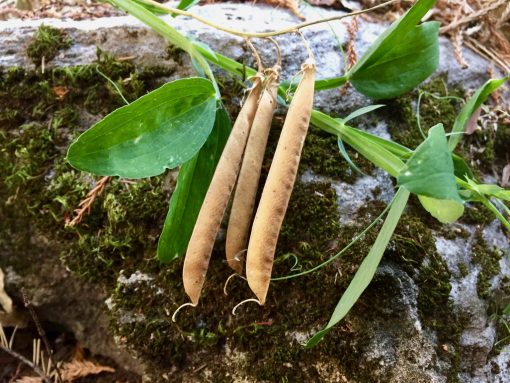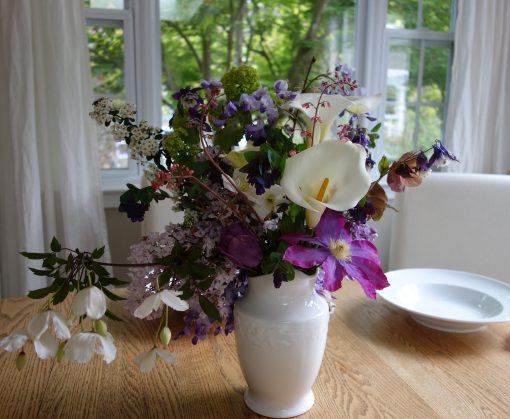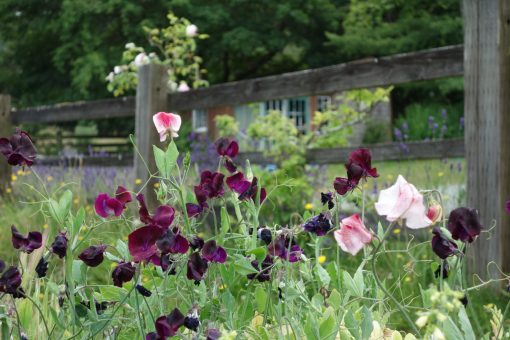There is so much clean up to do around the garden in the fall but I think we should all do something fun. A couple years ago I got an email about when to plant sweet peas. This reader had collected seeds from the wild pea, lathyrus latifolia, and wanted to know when to plant them. Although the flowers of this perennial sweet pea are not fragrant, the culture is the same as all sweet peas. Now?s the time to plant.

The perennial or everlasting sweet pea we see growing wild is not native to our area. It has naturalized throughout the United States and Canada after having been introduced from the Mediterranean area in the 1700?s. It can be invasive but if it?s growing in an out of-the-way spot where you can enjoy the bright pink blossoms they require little care.
Who doesn’t love old-fashioned sweet peas? A small bouquet will perfume an entire room with a delicious scent. They remind me of my Aunt Ruth who grew them every year and let me pick a bunch each spring whenever I went to visit. There are many new varieties and colors these days but back then her sweet pea vines were covered with the classic mixed colors of violet, blue, pink, peach and white.

Sweet peas have been around for a long time and many different countries claim that they originated there. One story is that a monk, Father Cupani, first harvested them in the wild on an island off Sicily in 1695 and sent the seeds to the Netherlands. In the 1800’s, a Scottish nurseryman named Harry Eckford began hybridizing and introducing larger varieties in a wider range of colors and they became quite a sensation. The most famous and perhaps the most important use of this flower was the extensive genetics studies performed by Gregor Mendel. Since peas self-pollinate, their characteristics such as height, color and petal form could easily be tracked. But whether they came from Ceylon, the modern day Sri Lanka, China or Sicily, heirloom sweet peas are as exquisite in the garden as they are in the vase.
Pant early blooming types of sweet peas in October or November. These varieties flower in the shorter days of late winter. Winter Elegance and Early Multiflora are common early flowering types. Also plant some of the fragrant spring flowering heirlooms and Spencer’s at the same time to extend your harvest time.

My very favorite sweet pea with long stems for cutting and an intense fragrance of orange blossoms and honey is called April in Paris. Large ruffled blossoms are a soft primrose cream, tinted at the edges in dark lilac that deepens and increases with age. But maybe it?s Black Knight that?s my favorite sweet pea with those dark maroon strongly scented blossoms. You can’t go wrong no matter what color or style sweet pea you choose. They attract bees, butterflies and hummingbirds. Deer generally ignore sweet peas. Sweet peas are not edible and may cause stomach upset.
